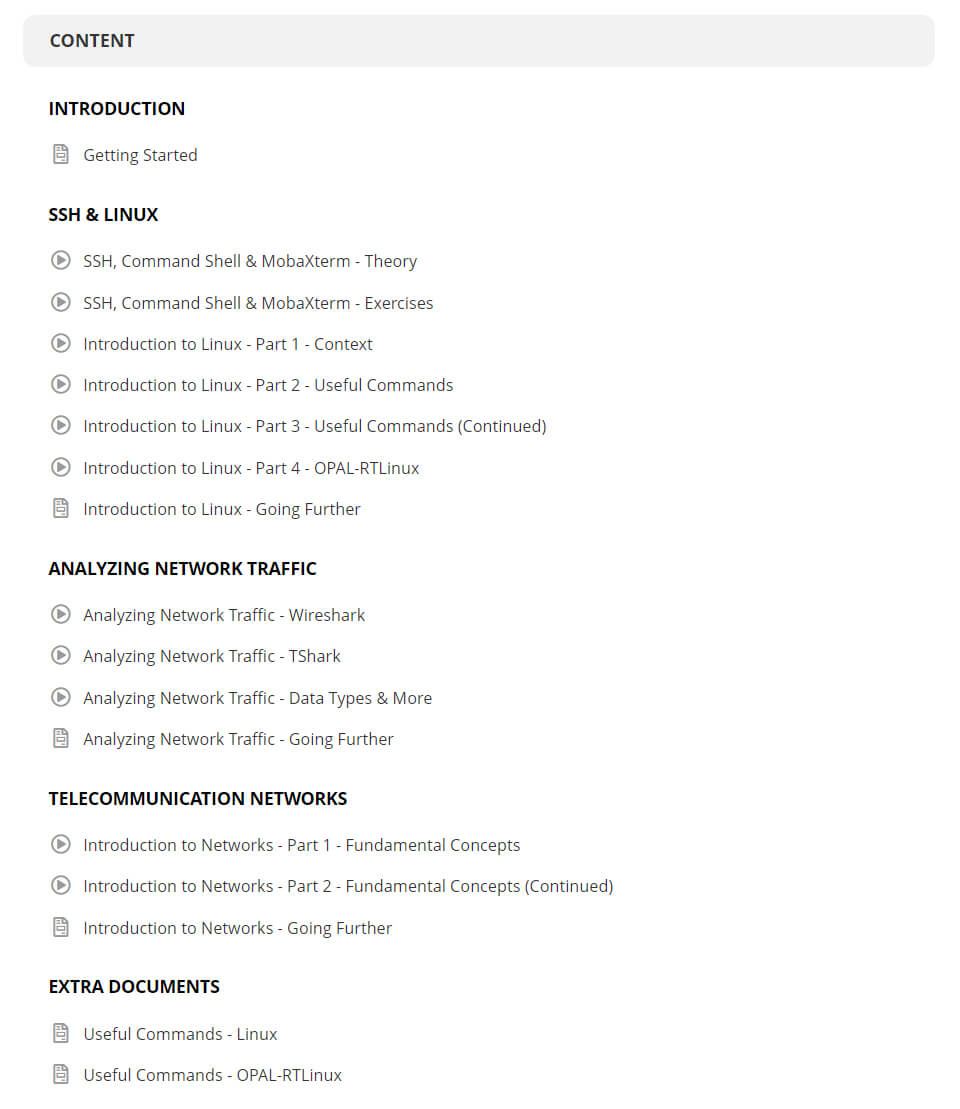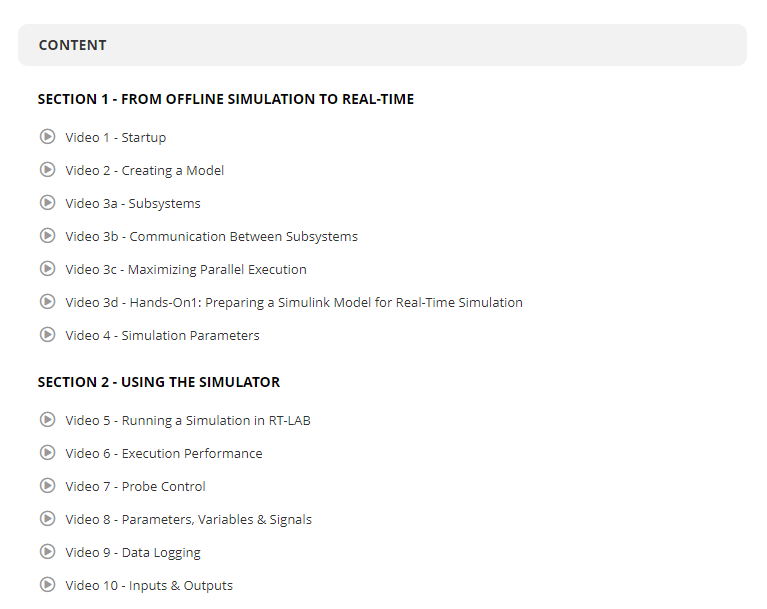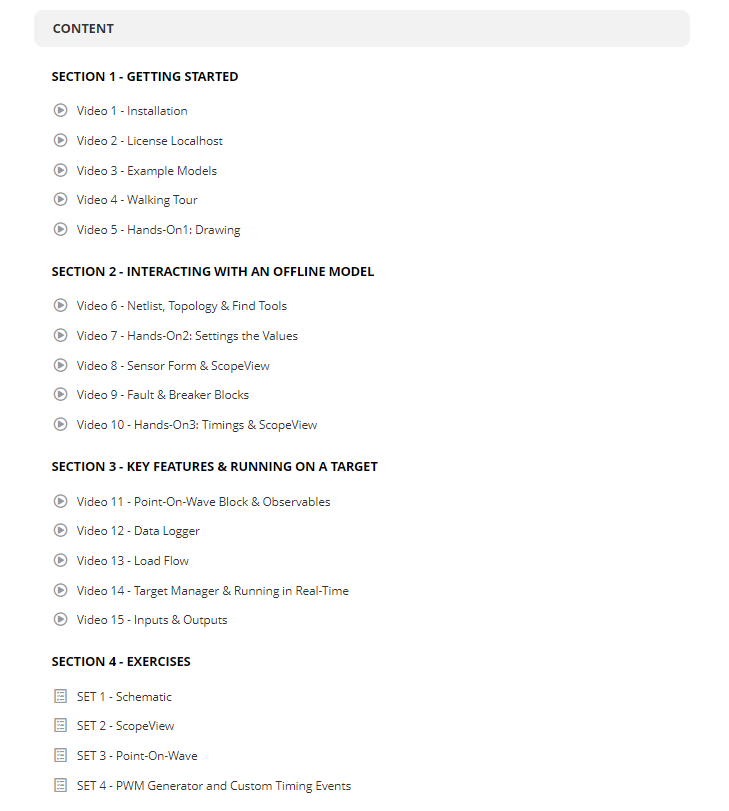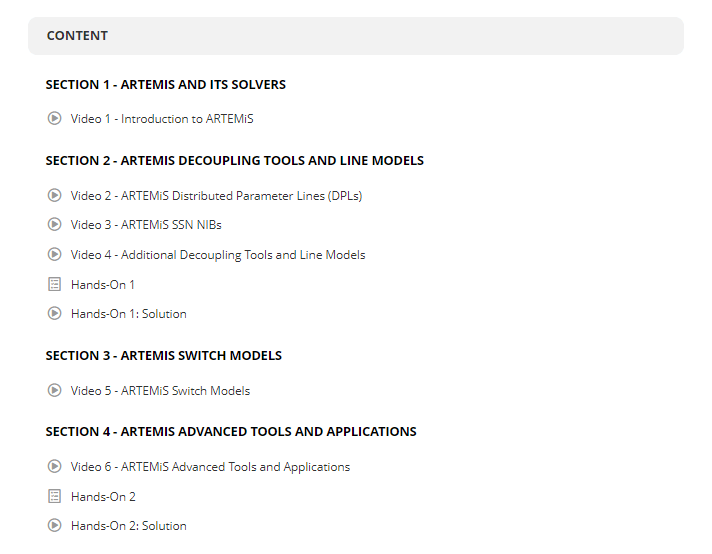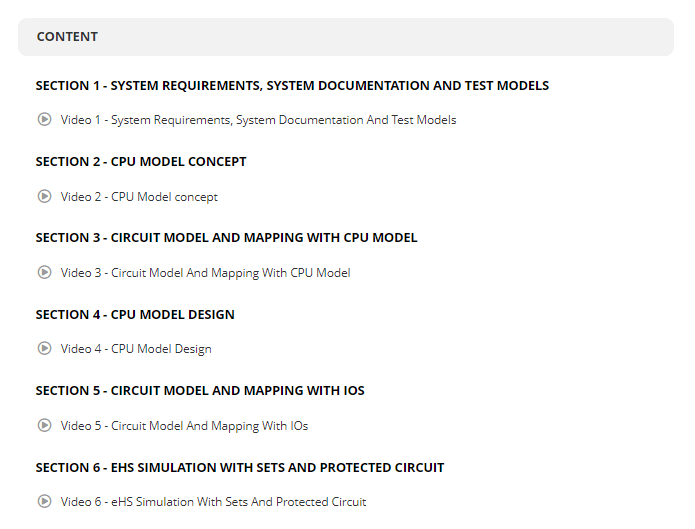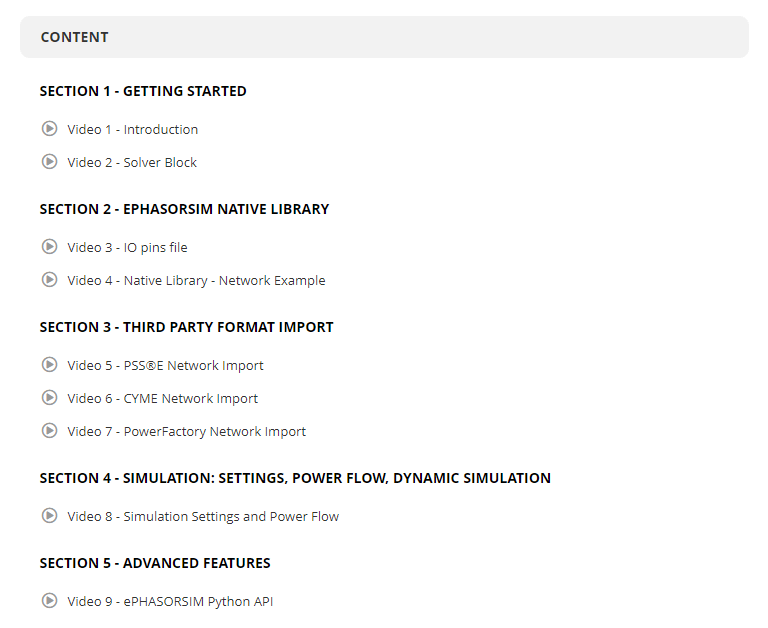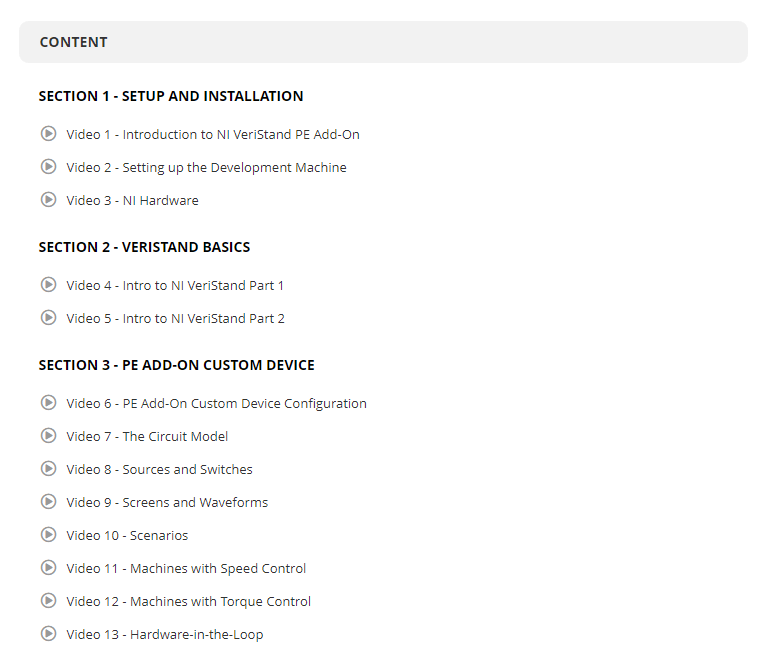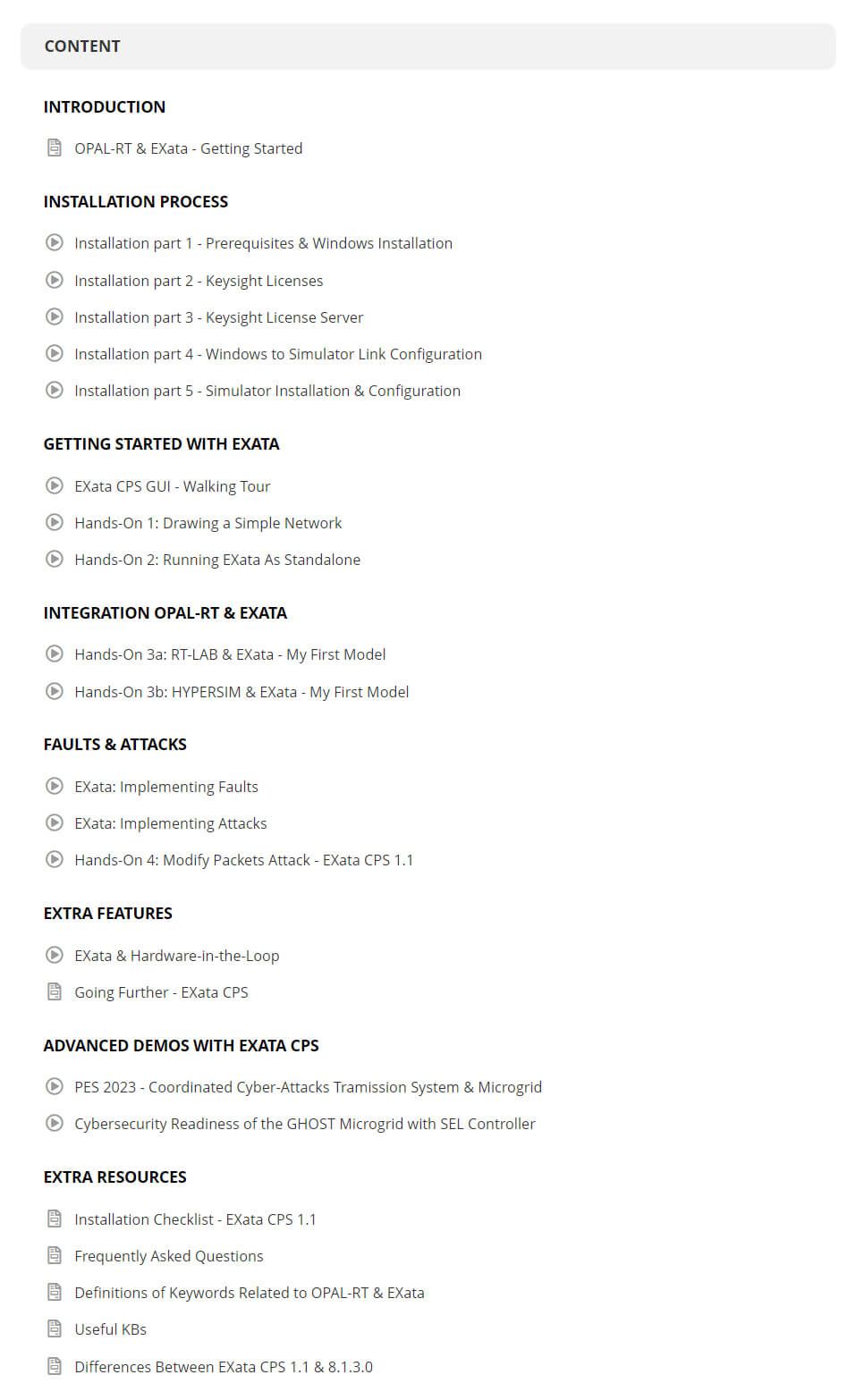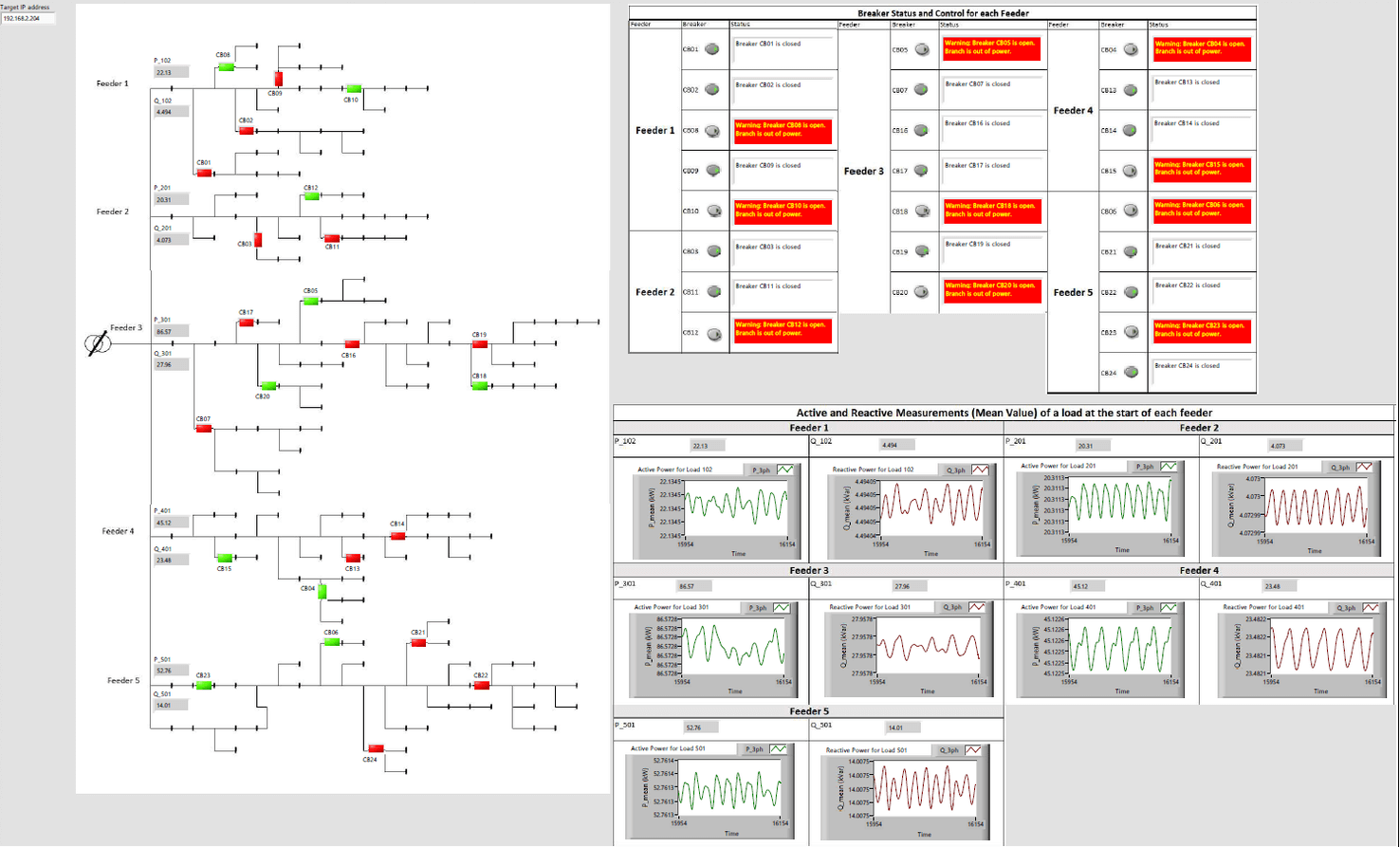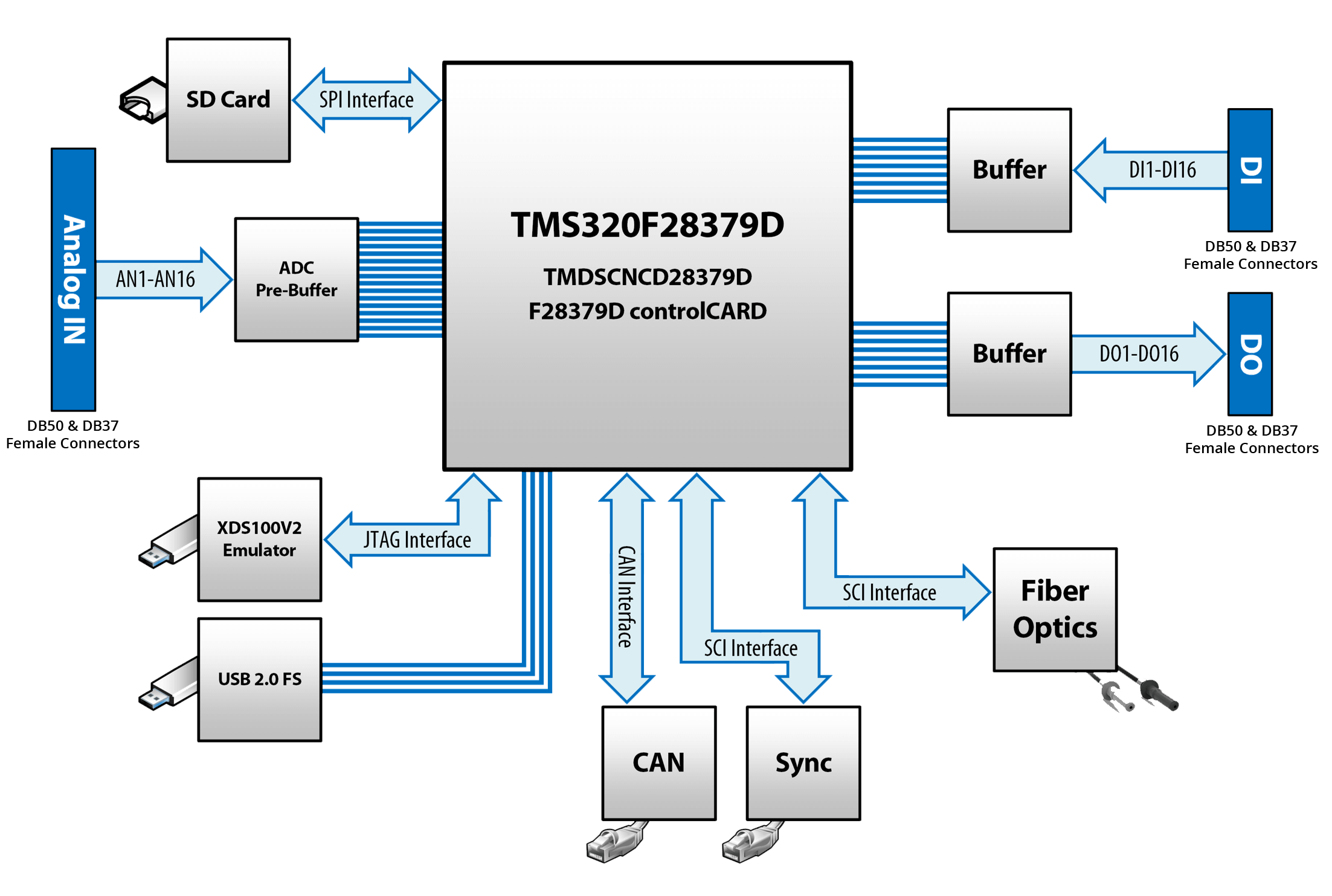News
April 8, 2015
OPAL-RT TECHNOLOGIES Launches Teaching Courseware in Collaboration with National Instruments
OPAL-RT TECHNOLOGIES has joined forces with National Instruments (NI) to launch the Power Electronics HIL Teaching Laboratory, an educational courseware designed to teach the basics of power electronics to university undergraduate students and to foster a community of users for on-going learning and exchange of ideas.
“We’re very excited about the potential for the Power Electronics HIL Teaching Laboratory to engage both teachers and students,” said Jean Bélanger, CEO and CTO of OPAL-RT TECHNOLOGIES. “We see the potential for academics to work with us in creating special courses and programs around these materials, and to upgrade with additional OPAL-RT software.”
“Our product lines, including myRIO and CompactRIO, are based on components like the Zynq chip and are ideal for giving students hands-on experience in this area,” said David E. Wilson, Director, Academic Programs at National Instruments. “These real-time and high-performance technologies are much better teaching tools than traditional control systems. NI is excited about our collaboration with OPAL-RT to facilitate this hands-on learning.”
The Power Electronics HIL Teaching Laboratory runs on FPGA for very high definition accuracy, and is presented in four modules, including tutorials and customizable laboratory exercises. The objective is to engage a wide pool of teachers and students to learn current and future-facing Power Electronics on the latest HIL and RCP technologies, while reducing the dependence on analogic lab equipment and its associated laboratory and maintenance costs. “As the grid becomes more complex, the number of deployed independent control systems is increasing rapidly,” said Ian Fountain, Director of Marketing, Applications at NI. “Standards are evolving to protect the stability of the grid in the light of distributed asynchronous control, but complying with these standards and maintaining a stable grid requires complex testing and a flexible platform with interoperability between tool providers. National Instruments and OPAL-RT bring strong platform based tools to the power electronics market for real-time test of embedded control systems.”
About Power Electronic HIL teaching Laboratory For more information about this joint product, please consult our respective webpages:
OPAL-RT >
National Instruments >
About OPAL-RT
Founded in 1997 with the goal of “democratizing real-time simulation”, OPAL-RT TECHNOLOGIES is the leading developer of open Real-Time Digital Simulators and Hardware-in-the-Loop testing equipment for electrical, electro-mechanical and power electronic systems. OPAL-RT simulators are used by engineers and researchers at leading manufacturers, utilities, universities and research centers around the world. OPAL-RT’s unique technological approach integrates parallel, distributed computing with commercial-off-the-shelf technologies. The company’s core software, RT-LAB, enables users to rapidly develop models suitable for Real-Time Simulation, while minimizing initial investment and their cost of ownership.
About NI
Since 1976, NI (www.ni.com) has made it possible for engineers and scientists to solve the world’s greatest engineering challenges with powerful platform-based systems that accelerate productivity and drive rapid innovation. Customers from a wide variety of industries – from healthcare to automotive and from consumer electronics to particle physics – use NI’s integrated hardware and software platform to improve the world we live in.

